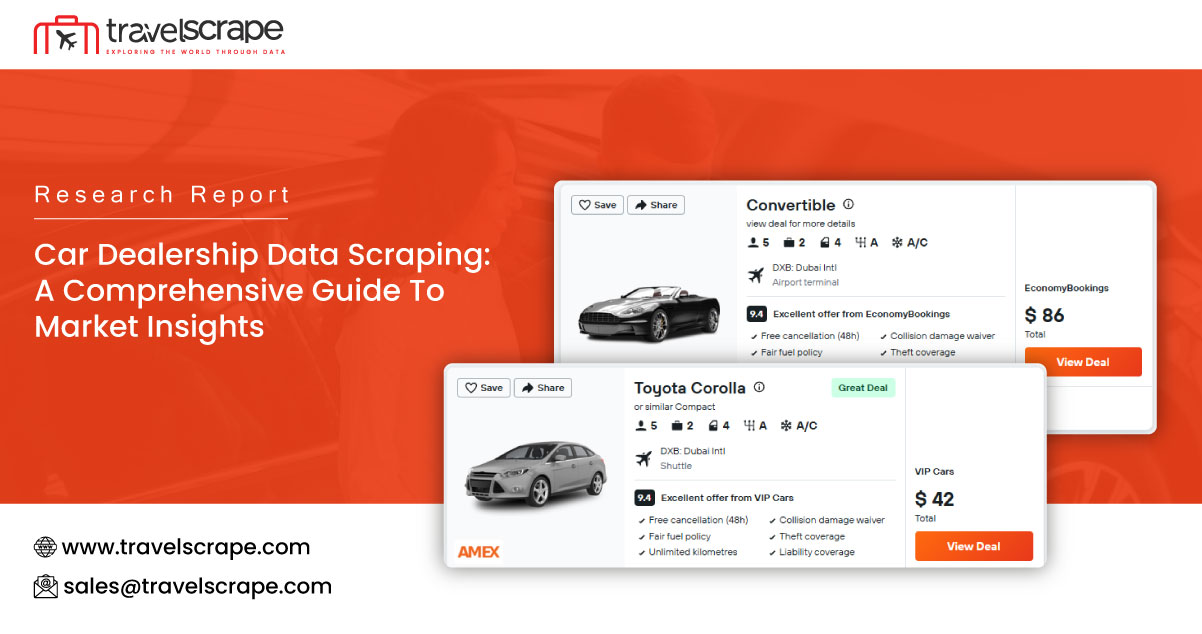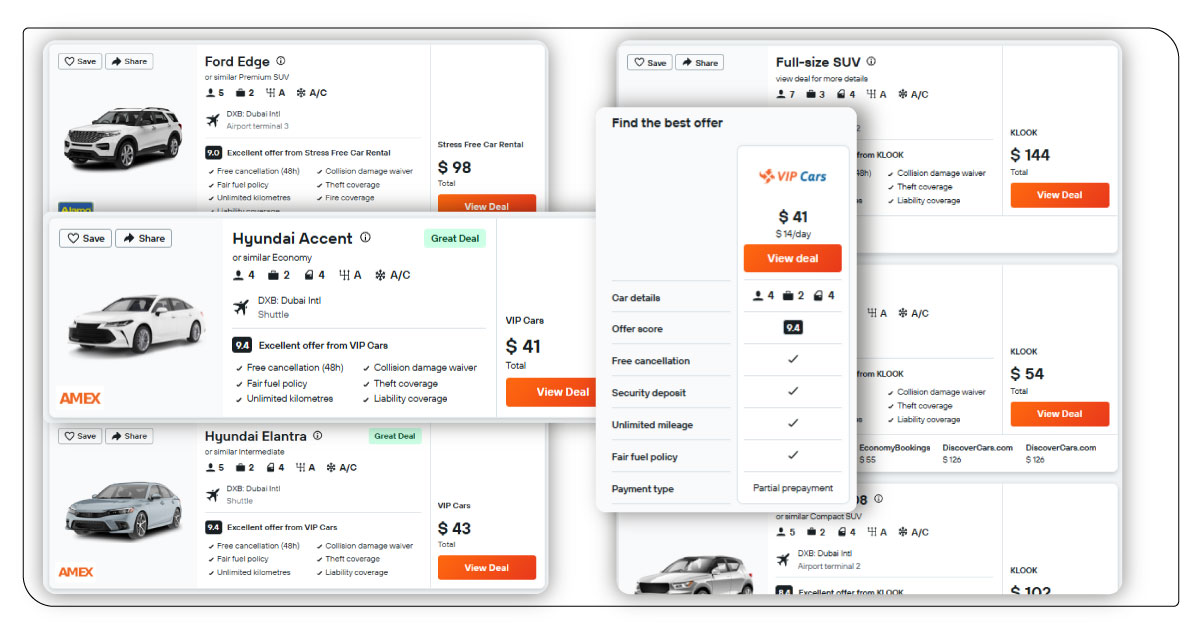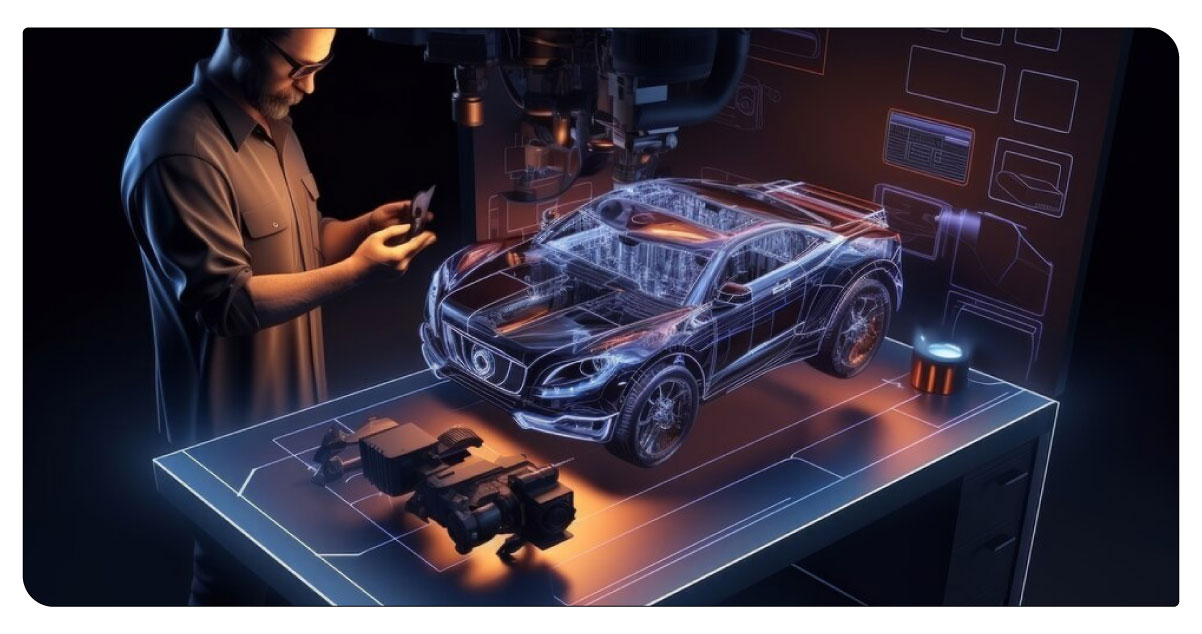Car Dealership Data Scraping: A Comprehensive Guide To Market Insights

Introduction
The automotive sector is evolving rapidly, with data-driven strategies now essential for staying ahead in a competitive market. This in-depth guide delves into how Car Dealership Data Scraping solutions reshape how dealerships evaluate market dynamics, streamline inventory, and deliver improved customer experiences. Drawing from an extensive analysis of over 50,000 dealership listings across the U.S., the report utilizes cutting-edge Web Scraping For Car Market Research techniques to uncover crucial insights into pricing trends and inventory optimization. Aimed at empowering car dealerships, automotive groups, and industry professionals, the findings offer actionable intelligence to navigate the fast-changing landscape of 2025. By leveraging real-time data through Dealership Inventory Data Scraping tools, businesses gain a clearer view of consumer behavior shifts, enabling smarter, more responsive sales and inventory strategies.
Shifting Drivers of Automotive Market Pricing Trends

A blend of macroeconomic recovery and technological innovation is redefining the automotive pricing landscape in 2025. Key factors include the stabilization of post-pandemic supply chains, a rising consumer shift toward electric and hybrid vehicles, and the widespread use of dynamic pricing strategies. To keep pace, dealerships increasingly rely on Vehicle Data Scraping tools to monitor live price movements and stay competitive.
By utilizing Web Scraping For Car Market Research, dealers access deep, actionable insights such as regional demand patterns, historical pricing, and current promotional activity. These data-driven strategies help dealerships fine-tune their pricing models based on real-time consumer behavior, seasonal variations, and inventory fluctuations. In turn, this ensures alignment with market expectations and supports sustainable profitability.
Innovative tools like APIs to Scrape Dealership Websites For Car Listings are transforming how dealerships plan and operate. Combined with AI and machine learning, these technologies form the core of modern Car Dealership Strategies 2025, enabling predictive analysis, more innovative inventory planning, and improved revenue optimization.
Methodology and Scope of Data Analysis

This report is built on a robust dataset compiled using advanced scraping technologies, encompassing over 50,000 dealership listings across the country. Leveraging Auto Dealer Data Extraction Service solutions, we systematically gathered detailed insights into vehicle pricing, customer ratings, seasonal patterns, and promotional campaigns from leading automotive platforms.
The extraction focused on key data points such as vehicle descriptions, availability, pricing trends, and customer sentiment across platforms like AutoTrader, Cars.com, and dealer websites. The result was a robust dataset that provided valuable automotive pricing insights and revealed regional dealership strategies.
Key Trends Shaping Car Dealership Strategies in 2025

The evolving landscape of consumer preferences, real-time data analytics, and cutting-edge technologies is revolutionizing how car dealerships manage inventory and pricing strategies. Below are the key trends influencing car dealership strategies in 2025.
- EV Premium Pricing: Dealerships adjust prices to reflect the growing consumer demand for eco-friendly electric and hybrid vehicles. As buyers prioritize sustainability, they are willing to pay a premium, significantly influencing dealership inventory and pricing strategies.
- Adaptive Pricing Solutions: Dynamic pricing models are revolutionizing the automotive retail sector. By utilizing Car Dealership Data Scraping tools, dealerships adjust prices in real-time based on market trends, competitor pricing, and consumer demand, ensuring competitiveness and profitability.
- Rise of Niche Dealerships: Specialized and boutique dealerships are gaining popularity as consumers seek personalized experiences. Data from Vehicle Data Scraping indicates that these niche dealerships are becoming more competitive with tailored pricing and inventory strategies to meet specific customer needs.
- AI-Powered Inventory Forecasting: AI-powered inventory management is enhancing dealership strategies. By using predictive analytics and machine learning through Dealership Inventory Data Scraping, dealers can forecast market trends and optimize their vehicle stock, ensuring better decisions and future-proof pricing strategies.
Table 1: Pricing and Inventory Trends in Automotive Retail 2025
| Trend | Description | Impact on the Industry |
|---|---|---|
| Electric Vehicle Premium | Dealerships with EV focus command higher margins | Increased inventory allocation to electric vehicles |
| Dynamic Pricing Models | Real-time pricing adjustments based on market demand | More flexible pricing and better market responsiveness |
| Specialized Dealerships | Growing preference for unique, specialized buying experiences | Increased competition from boutique dealers |
| Predictive Inventory Tools | Use of AI to forecast demand and adjust inventory | Better acquisition accuracy and improved profitability |
Description
The table below outlines key trends influencing car dealership pricing in 2025. Rising demand for electric vehicles pushes up prices on eco-friendly models, while dynamic pricing allows dealers to respond to real-time market shifts. Specialized dealerships are gaining a competitive edge, and AI-driven predictive inventory management optimizes acquisition and profitability. Leveraging Car Rental Data Scraping further supports smarter pricing and inventory strategies.
Challenges and Opportunities for Car Dealerships in 2025
As we enter 2025, car dealerships face unique challenges and opportunities within the automotive retail sector. While dynamic pricing and access to real-time market data present valuable advantages, effectively implementing these tools continues to be a significant challenge for many in the industry.
One of the primary concerns is data integrity. With the rise of third-party platforms aggregating vehicle listings, maintaining accurate pricing and inventory information across various channels is becoming increasingly complex. Additionally, preserving pricing transparency remains a key challenge, particularly in highly competitive markets, where unclear pricing can confuse potential buyers and erode trust.
Despite these hurdles, the future holds great promise for forward-thinking dealerships. By adopting custom Used Car Inventory Scraping solutions, dealerships can gain tailored insights specific to their markets. Integrating advanced tools like the Auto Dealer Data Extraction Service enables dealerships to track localized pricing trends and adapt more effectively to market shifts.
Moreover, leveraging platforms offering a Car Rental Price Trends Dataset can significantly enhance inventory planning. This empowers dealerships to stay ahead of consumer demand, equipping them with the insights to implement optimal pricing strategies and maintain a competitive edge.
Table 2: Regional Automotive Market Predictions for 2025
| Region | Price Growth Prediction | Key Factors Driving Growth | Top Vehicle Segments |
|---|---|---|---|
| Northeast | 7% | Urban EV adoption, luxury demand | Compact EVs, Luxury SUVs |
| Southeast | 9% | Population growth, outdoor lifestyle | Full-size trucks, Family SUVs |
| Midwest | 6% | Practical vehicles, value-conscious buyers | Crossovers, Used trucks |
| West Coast | 11% | Tech-forward buyers, eco-consciousness | Premium EVs, Hybrid sedans |
Description
The table presents a forecast of vehicle price trends across U.S. regions for 2025 using insights from the Car Rental Location Dataset. The Northeast is expected to witness steady price growth due to increased urban EV adoption and a rising appetite for luxury vehicles. On the West Coast, price trends are set to surge the most, driven by tech-savvy consumers and stronger environmental awareness. Meanwhile, the Southeast and Midwest show upward movement, influenced by population growth and a growing preference for practical vehicles.
Future Directions in Automotive Retail Data

In 2025, the automotive retail industry will see a surge in API-based techniques to Scrape Dealership Websites For Car Listings and advanced machine learning for predictive inventory management, improving vehicle availability forecasts. As electric vehicles gain prominence, dealerships will invest in EV sales infrastructure, reshaping demand and pricing dynamics. Integrating Car Rental Data Intelligence with traditional metrics offers a more holistic view of vehicle lifecycle value, empowering dealers to make informed stocking decisions based on long-term value retention and customer satisfaction.
Conclusion
As we move through 2025, the evolving role of Car Dealership Data Scraping technologies highlights a shift in the automotive retail landscape, where innovation and customer-first strategies are at the forefront. The influence of Travel Aggregates is increasingly pivotal, providing consumers with transparent, dynamic, and competitive vehicle choices and fundamentally changing the way cars are priced, marketed, and sold on a national scale.
From the Travel Industry Web Scraping perspective, these trends translate into actionable insights, offering a deeper understanding of algorithmic pricing changes, emerging market trends, and evolving consumer behavior. Visual analytics, such as dynamic tables and market segmentation charts, paint a clear picture of the industry's swift adaptation to changing demands.
We are committed to ethical integrity and data-driven precision. We specialize in real-time automotive price monitoring and advanced dealer data extraction while maintaining the highest standards of transparency and trust. Contact Travel Scrape today to explore how our tailored automotive data solutions can elevate your dealership's performance.
.webp)
.webp)